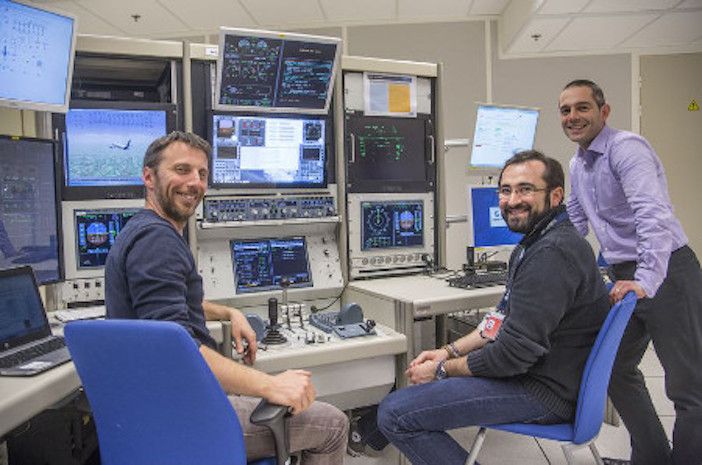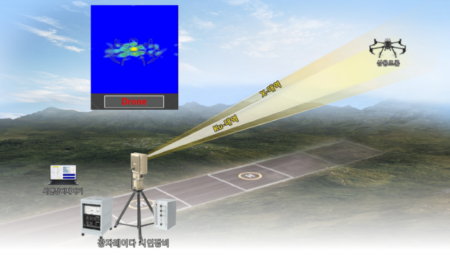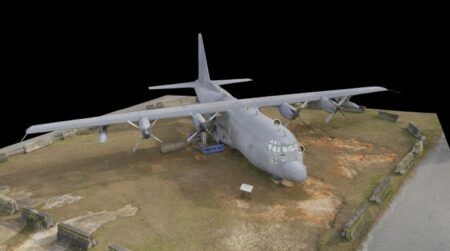The engineering team in Tolouse, France, that developed the new automated emergency descent system (Image: Airbus)
The first Airbus A350-1000 equipped with AED (automated emergency descent) was delivered to launch operator Qatar Airways in February and the new safety feature, whose development the company has detailed, will now be standard across all A350-1000s.
The automated emergency descent (AED) system engages the aircraft’s autopilot function to automatically and quickly bring the aircraft to a lower, safer altitude in the event of inflight cabin depressurization.
The AED mode is triggered when the cabin pressure falls below a predetermined limit. After alerting the flight crew, the system engages the autopilot to bring the aircraft to a lower, safe altitude if there is no crew reaction within 15 seconds.
Yann Besse, an autopilot laboratory test team engineer for Airbus, said, “Depressurization events are extremely rare. Our goal was to develop a simple system that provides significant workload alleviation when a rapid descent is required.”
Pioneering safety
Claas Heidemann and Stefan Kunhert at the Hamburg site (Image: Airbus)
The AED’s use on the A350-1000 is the first application of its kind in a large commercial aircraft. Developing the system also meant developing an innovative way for Airbus engineers to work across the company’s separate locations.
The AED system requires a seamless interface between the aircraft’s autopilot and cabin pressurization systems and called for close collaboration between the engineers responsible for each system to integrate them.
AED project leader Florent Lanterna said, “The autopilot test bench is in Toulouse, France, and the cabin pressurization facility is in Hamburg, Germany,” and added that an inability to connect the two sites “would have meant having to do the AED system’s testing on a real aircraft, which would take much longer.”
Toulouse and Hamburg team up
Members of the Toulouse autopilot test team went to Hamburg for meetings with their cabin pressurization system colleagues, discussing how the respective systems work.
Ultimately, each site made modifications to their bench networks that enabled the Toulouse and Hamburg facilities to connect in real time, allowing fully representative testing at both sites. Besse was impressed with the transnational collaboration the project required.
“I want to thank Claas Heidmann, the A350 Air Systems test leader, and his colleagues in Hamburg,” Besse said. “This was a difficult project, one that lasted a year, and they brought a lot of enthusiasm and knowledge.”
With the AED system already standard on the extended-fuselage A350-1000 version, its certification for the shorter-length A350-900 variant is in progress and expected soon.
“The global pilot community asked for AED, and Airbus test pilots have been very happy with it,” commented Lanterna. “We’ll continue to collect user feedback with the A350 XWB and then explore whether to deploy it further.”
April 5, 2018





